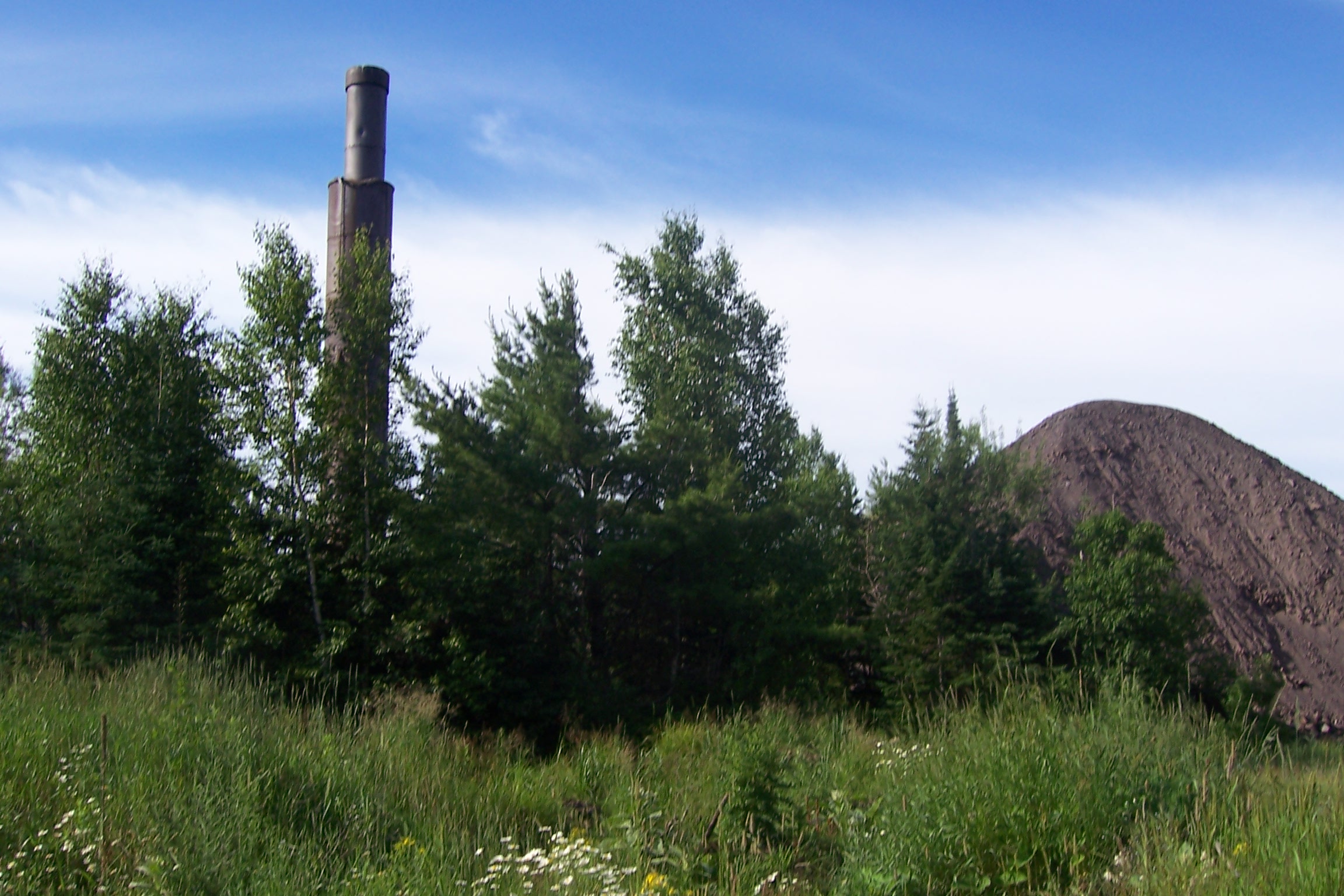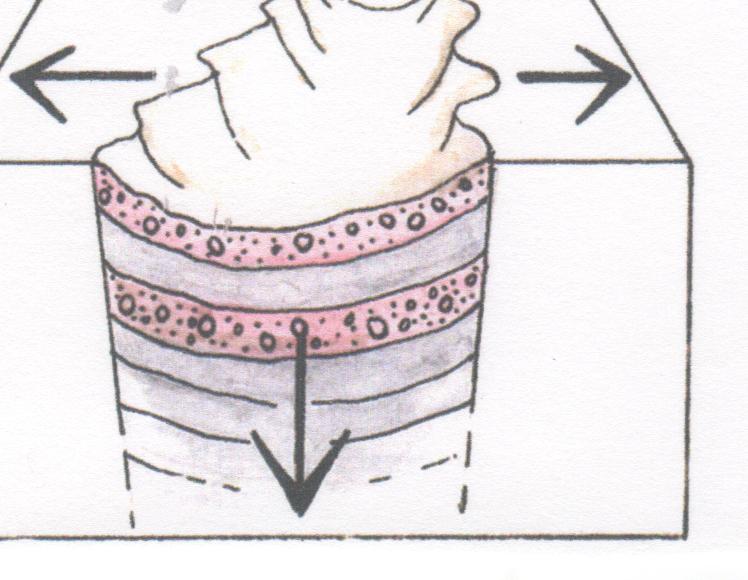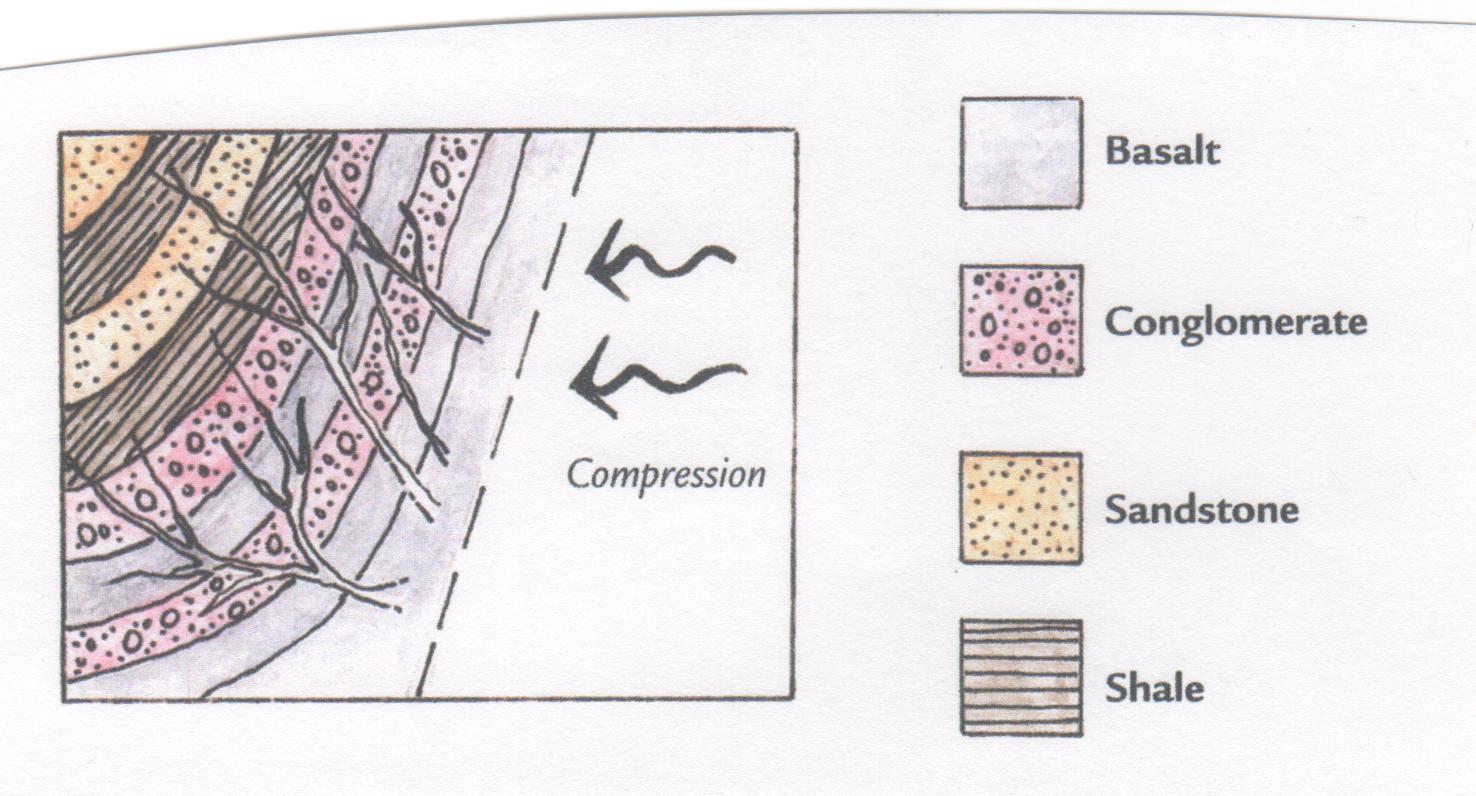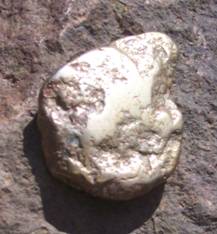|
Connection to the Earth Science Curriculum
Essential
Lesson:
At Mohawk Mine visitors will observe
waste rock/ poor rock left over from copper mining. Mohawkite might be found in this
location.
Earth Science Literacy Principles-
Ÿ Big
idea 2 Earth is 4.6 billion
years old.
The formation of copper and mohawkite took a long time in geologic
history.
Ÿ Big
idea 4 Earth is continuously changing.
The formation of copper and mohawkite happened because of the
changes that occurred to the Earth in geologic time.
ŸBig idea 7 Humans depend on Earth
for resources.
Humans mined copper because of need for materials made out of
copper.
Common misconceptions
The
mountains and valleys we see today have always been on
Earth.
The Earth has always been pretty
much the way it is now.
The mountains and valleys took a
long time to form and will change.
Mining has also changed them
Ÿ Geological
processes occurring over millions of years formed the continents,
oceans, mountains, coastlines, and other landscapes, now those
processes have stopped.
All rocks are more or less the
same.
Rocks and minerals have different
chemical compositions and properties.
Rocks and minerals were formed from
processes such as melting, cooling, heat, pressure, weathering,
erosion, compaction and cementation.
Michigan State Science Content Expectations
Addressed:
E.ES.M5 The lithospheric
plates of the Earth constantly move, resulting in major geological
events such as earthquakes, volcanic eruptions and mountain
building.
E.SE.M4
Rocks and rock formations bear
evidence of the minerals, materials, temperature/pressure
conditions and forces that created them.
S.IP. 06.
13 Use tools and equipment appropriate to
scientific investigations.
Key Earth
Science/ Geological Vocabulary terms:
Basalt- dark-colored dense igneous rocks that form
from magma rich in iron and magnesium.
Conglomerate- a sedimentary rock
consisting of pebbles cemented together by finer
particles.
Crystal- the external planar form or shape mineral
assumes due to its internal ordered arrangement of atoms.
Deposition- the
final step in an erosional process, in which sediments are dropped
by running water, wind, gravity, or glaciers as their energy of
motion decreases.
Erosion- the process that wears away surface materials
and moves them from one location to another, usually by gravity,
glaciers, wind or water.
Faults- surfaces along which rocks break and move;
rocks on either side of a fault move in different directions
relative to the fault surface.
Fracture- the physical property of a mineral that causes
it to break with rough or jagged edges.
Glacier- a mass
of snow and ice that moves slowly downhill due to its
weight.
Rift-
an area in the Earth’s crust that is spreading
apart. The opening usually allows magma
to come to the surface.
Lava-
Magma that reaches the Earth’s surface.
Luster- the physical property of a mineral that
describes how light is reflected from its surface.
Streak- the color of a mineral when it is powdered;
usually observed by rubbing the mineral on a ceramic streak
plate.
Weathering- the breaking of rocks into smaller pieces,
either mechanically or chemically.
Access:
The area is
managed by the Township of Allouez.
Date
Visited: July
14, 2011
|
Mohawk
Mine and Mohawkite EarthCache
In Allouez
Township, Michigan, near Mohawk Mine, there are piles of waste rock
where Mohawkite might be found.
Materials Needed for
Visit
Information
provided, GPS, a compass, a local rock/ mineral guide for Michigan,
magnifying lens, hardness kit with a streak plate.
Directions:
From Ahmeek,
Michigan, travel north on US Route 41.
Enter the town of Mohawk. Turn
right on 6th Street. Travel
until you see Bethany Lutheran Church on the right. The mine will be on the left. Use the GPS to find Mohawk Mine #4
remains.
Coordinates:
N47°18.113’
W088°21.836’

Figure 1: Mohawk
Mine Dump & Mill
History of
the Keweenaw Peninsula
About a billion
years ago, molten rock reached the surface in this area when the
Midcontinental Rift formed. As these
lava flows cooled they formed layers of basalt rock.

Figure
2
Source: Robinson, S.
(2001) Is this an agate?: An Illustrated Guide to Lake Superior’s
Beach Stones Michigan
Rift valleys formed here. Gas bubbles were trapped near the tops of cooling
lava flows creating empty spaces in the basalt. During quieter periods of eruptions weathering and
erosion of surrounding rocks covered the basalts and formed
conglomerates. Over time layers
of rock formed as more volcano flows occurred followed by more
weathering and erosion cycling many times.

Figure 3
Source:
Robinson, S. (2001) Is this an agate?: An
Illustrated Guide to Lake Superior’s Beach Stones
Michigan
Later, a continental collision caused the
igneous and sedimentary rocks to become tilted, fractured, and
faulted. Hot water moved inside the
open spaces in the rocks. The hot water
had dissolved copper and other minerals in it. In the next several hundred million years, seas
covered the area and deposited sediments.

Figure 4
Source: Robinson, S.
(2001) Is this an agate?: An Illustrated Guide to Lake Superior’s
Beach Stones Michigan
There was more weathering and
erosion. About 3 million years ago
glaciers moved over the area and exposed the basalts that contained
cooper, agate and other minerals. The
glaciers retreated about 10,000 years ago.
History of
Mohawk Mine
During
the 1840’s to 1860’s copper
ore was mined in this area. It
contained more waste rock than copper.
The copper had to be extracted from the rock. People separated the
rocks before sending them to the stamp mills. After being stamped
to the size of peas, a series of washing and separating machines
requiring a lot of water were used to capture the copper
mineral. The waste product from the
mines were called poor rock because they did not have much
value. The poor rock was piled up along
side of shafts. This “rock
pile” found at this site is that poor rock
.
Logging
Question 1: Describe the rocks in the
poor rock pile. Include the color and
range of the rock sizes.
Identifying Mohawkite
 Figure 5: Mohawkite Sample Collected from Mohawk Mine
Figure 5: Mohawkite Sample Collected from Mohawk Mine
Mohawkite
(Cu3As) is technically not a mineral but has a mixture
of minerals in its composition. It is
named for the place it can be found, Mohawk mine.
Mohawkite has some unique properties that can
help with identification.
Appearance: It has a speckled white appearance on fresh
surfaces. When exposed to air, it
quickly tarnishes to brown.
Streak:
Brownish
Specific
gravity is between 7.2 and 7.9.
Luster:
Metallic
Hardness:
between 3 and 3.5.
Breakability: uneven fracture
Crystallography:
cubic
Logging Question 2: Using the
information about mohawkite’s properties, try to find a piece
of mohawkite in the waste rock pile.
How will you know it IS mohawkite?
Logging Question 3: Find a rock that is NOT mohawkite. What are some of its properties? How do you know it is not
mohawkite?
References
Adams, J.,
Prose, G. (2009, May 22). Earth Science Literacy Initiative.
Retrieved July 25,2011 from
http://www.earthscienceliteracy.org/
Brzys, K.A.
(2008, September). Photo gallery - Mineral of the Month.
Retrieved July 25,2011 from
http://www.agatelady.com/photo-gallery-mineral-of-the-month-september-2008.html
Copper County
Media LLC, . (2011). Mohawk mine. Retrieved July 25,2011
from
http://www.coppercountryexplorer.com/category/mohawk-mine/
Copper County
Media LLC, . (2011). Mohawk no. 6. Retrieved July 25,2011
from
http://keweenawfreeguide.com/mohawk-no6/
Feather, Ralph
M., Susan Snyder. Earth
Science. New York:
Glencoe/McGraw- Hill,
1999. pages 746 - 759
Glendale
Community College, . (2011). Earth Science Image Archives.
Retrieved July 25,2011 from
http://gccweb.gccaz.edu/earthsci/imagearchive/mohawkite.htm
Legoinha, P.
(2008, May 22). Misconceptions on Earth Science. Retrieved
July 25,2011 from
http://metododirecto.pt/geopor/mod/forum/discuss.php?d=37
Robinson, S.
(2001) Is this an Agate?: An Illustrated Guide to Lake Superior’s
Beach Stones Michigan. Hancock,
Mich: Book Concern Printers.
pages 2-4, 16.
Rose, B. (2011,
July). Mitep esi-1 july 2011. Retrieved July 25,2011 from
http://www.geo.mtu.edu/~raman/SilverI/MiTEP_ESI-1/Welcome.html
Schaetzl,
Randall J., Joe T. Darden, and Danita S. Brandt. Michigan Geography
and Geology. New
York: Custom, 2009. Print. pages
162 - 163.
Images
Robinson, S.
(2001) Is this an agate?: An Illustrated Guide to Lake Superior’s
Beach Stones Michigan. Hancock,
Mich: Book Concern Printers. pages 2-4,
|